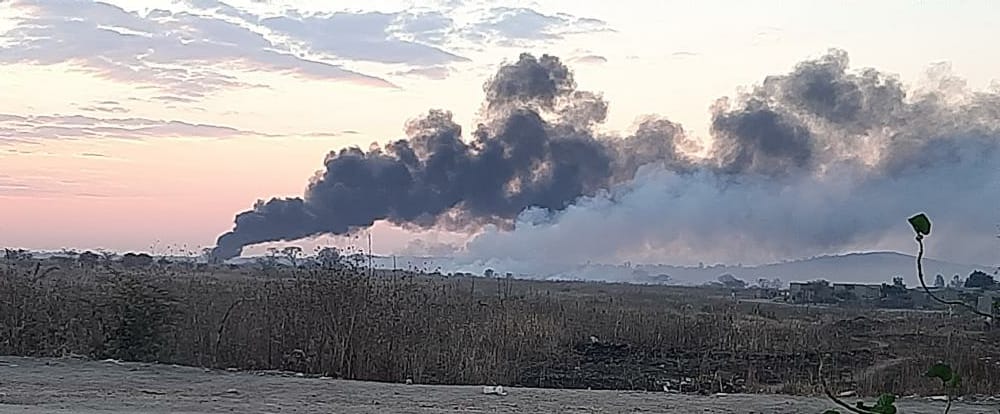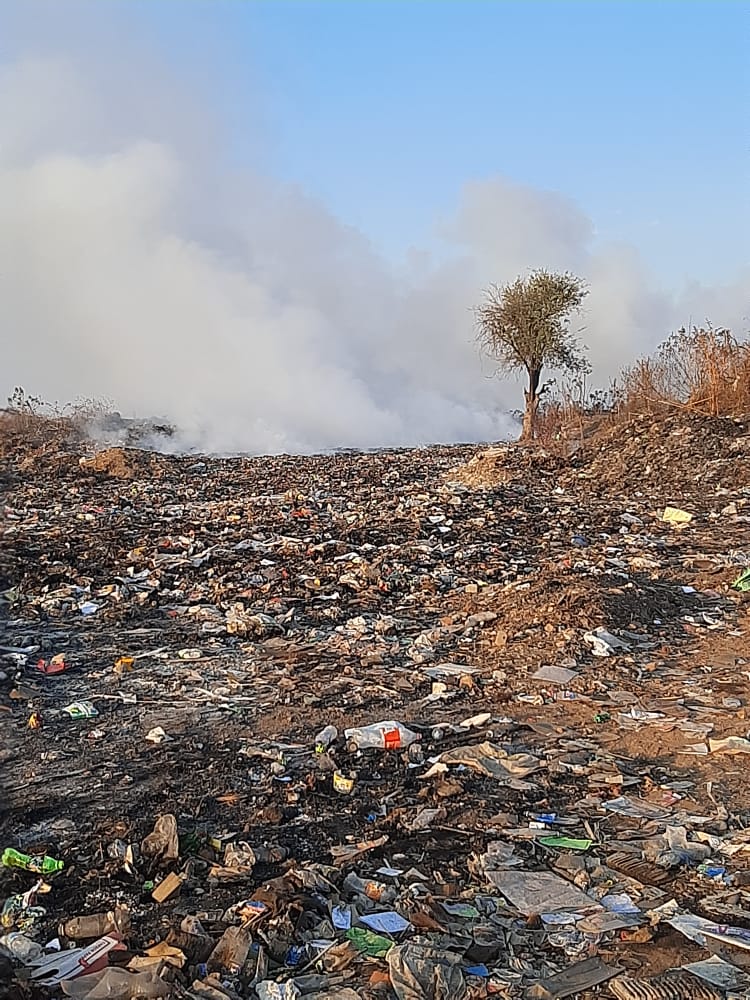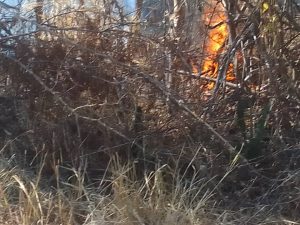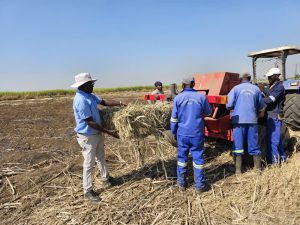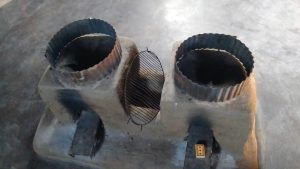Upenyu Chaota
The City of Masvingo has begun preparations to move the problematic dumpsite from Victoria Ranch to a new garbage home at Cambria Farm.
The local authority says they are adopting proper waste management methods hence the need to move from the current dumpsite in the middle of homes in Victoria Ranch to a landfill and abandon the dumpsite approach.
Very few of Zimbabwe’s urban 32 local authorities have standard dumpsites or landfills, and this exposes residents and the environment to toxic waste pollution.
Sitting on a 10 hectares piece of land, the Cambria Farm landfill has a lifespan of 20 years after which Masvingo will once again need a new alternative.
City of Masvingo acting director of engineering services Kudzayi Mbetu told EnviroPress that the landfill will comprise a total of 16 cells that are 65x85m big and 1.5m deep.
The first cell is expected to be completed this year and will last for 15 months after which refuse management moves to the next cell.
“The landfill has a lifespan of up to 20 years. The cell is where we dump our waste and the leachate is collected below for further treatment and segmentation before being taken to ponds. Leachate pollutes the soil and underground water but in a landfill, there is proper management of the leachate,” said Mbetu.
Town Clerk Edward Mukaratirwa said the landfill was being funded by council’s internal resources, with each cell gobbling about $16 million.
“It is so far being funded by council’s internal resources but we are also in negotiation with other stakeholders like the Environmental Management Agency (Ema).
“We are drawing up a document which we want to use to source funding to augment the internal resources we have,” said Mukaratirwa.
He admitted that a daunting task of maintaining the landfill after construction is completed will still be lying ahead.
“What separates a landfill from a dumpsite is the management. Whatever waste that is brought here every day has to be compacted and covered unlike on a dumpsite where you just bring in waste, dump it and leave.
“We want to make sure that we do waste separation before it is brought to the landfill. We are drafting a document by which we will engage Ema on how best our residents can separate waste at their homes so that whatever is brought to the landfill does not attract any scavengers,” said Mukaratirwa.
Ema Masvingo Provincial Environmental Education and Publicity Officer Brian Makani said they will make sure that things are done properly.
“A landfill should be protected and not accessible to everyone. There should regularly monitor the quality of water from surrounding boreholes to ascertain whether or not there was an accidental spillage of leachate,” said Makani.
A recent report by the Auditor General indicates that most local authorities in the country are struggling with refuse management.
The report cites Masvingo, Mutare, Bindura and Marondera local authorities as some of the urban areas failing to effectively manage their waste.
Only four of Zimbabwe’s 32 urban local authorities have acceptable dumpsites for garbage disposal with the rest.
Sub-standard dumpsites allow flies and mosquitoes to breed; creating health dangers by harbouring pathogens and promoting the spread of diseases such as cholera, typhoid, dysentery and malaria.
Differences between dumpsites and landfills
Dumpsites are usually open without anybody present to check on loads- people could bring whatever they want and leave it anywhere. Dumpsites are not meant to protect ground and surface water quality.
Dumpsites allow open burning of trash, a significant cause of air pollution. Dumpsites allow for open dumbing of waste. Dumpsites are cheaper.
Landfills on the other hand, are built and operated to provide a public health service, to handle the community’s waste while addressing environmental concerns.
To this end, a modern landfill has controlled access, inspections of incoming trash loads, constructed to limit water contamination, is operated to reduce air pollution from burning, keep trash covered to limit animal and bird attractions and monitor for gas and water quality around the site.
Many landfills do more than just disposal, they offer types of recycling and composting.

